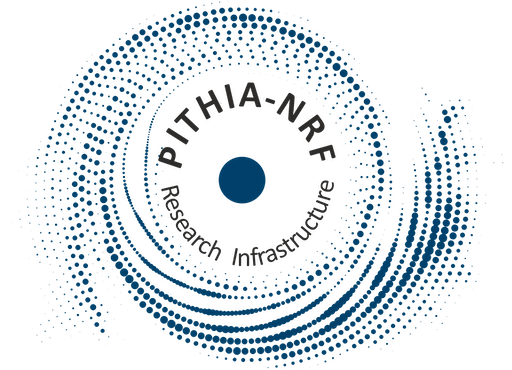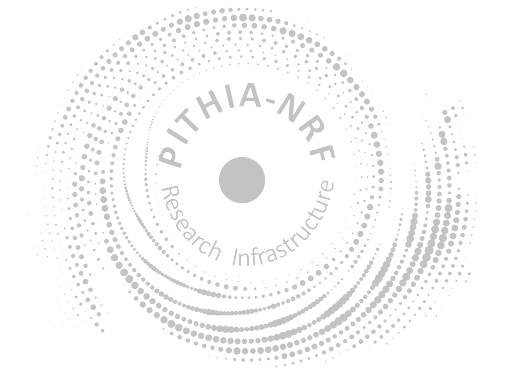<?xml version="1.0" encoding="UTF-8"?>
<ComputationCapabilities xmlns="https://metadata.pithia.eu/schemas/2.2" xmlns:xsi="http://www.w3.org/2001/XMLSchema-instance" xmlns:xlink="http://www.w3.org/1999/xlink" xsi:schemaLocation="https://metadata.pithia.eu/schemas/2.2 https://metadata.pithia.eu/schemas/2.2/pithia.xsd">
<!--
The computation process that produces observed properties from its input data.
Input data may be an acquisition or some other computatation, not listed here yet. TODO: add input specification
Each newly computed observed property that this computation can produce is defined as its *capability*.
The list of capabilities is all-inclusive, even though not every computation can engage all capabilities.
-->
<identifier>
<PITHIA_Identifier>
<localID>ComputationCapabilities_UPC-RapidNetwork_KalmanFilterTomography</localID>
<namespace>upc</namespace>
<version>1</version>
<creationDate>2022-12-05T08:00:07Z</creationDate>
<lastModificationDate>2022-12-05T08:00:07Z</lastModificationDate>
</PITHIA_Identifier>
</identifier>
<name>UPC-RapidNetwork: Kalman Filter Tomography TOMION technique</name>
<description>
From the input ionospheric combination of carrier phases (difference of simultaneous transmitter-receiver
carrier phases, L1-L2 in GPS, in length units after correcting the transmitter and receiver phase center
deviations), expressed in terms of the Jacobian of the voxel-based model, the estimations of the mean
electron density of illuminated voxels, as far as the carrier phase ambiguities, is done by means of the
Kalman filter. It can be consider equivalent to a Least Squares estimation with memory of the previous values
of the unknown under a relative weight in the inverse problem given by a time increasing uncertainty (or
process noise). This memory capability is very useful working in a Sun-fixed or solar-geomagnetic reference
system, where the electron density values remains quite stationary in agreement with the stationarity of
the voxel-Sun distance, the main typical ionization driver. The output of this Kalman filter computation
is used for subsequent slant TEC computation as the ambiguity term.
</description>
<capabilities>
<processCapability>
<name>Ionospheric Electron Density over a 3D voxel grid</name>
<observedProperty xlink:href="https://metadata.pithia.eu/ontology/2.2/observedProperty/ElectronDensity"/>
<dimensionalityInstance xlink:href="https://metadata.pithia.eu/ontology/2.2/dimensionalityInstance/3D"/>
<dimensionalityTimeline xlink:href="https://metadata.pithia.eu/ontology/2.2/dimensionalityTimeline/4D"/>
<units xlink:href="https://metadata.pithia.eu/ontology/2.2/unit/cm-3"/>
</processCapability>
</capabilities>
<dataLevel xlink:href="https://metadata.pithia.eu/ontology/2.2/dataLevel/L2A"/>
<qualityAssessment>
<dataQualityFlag xlink:href="https://metadata.pithia.eu/ontology/2.2/dataQualityFlag/DQ1"/>
</qualityAssessment>
<type xlink:href="https://metadata.pithia.eu/ontology/2.2/computationType/Tomography"/>
<version/>
<softwareReference/>
<processingInput/>
<algorithm/>
</ComputationCapabilities>

